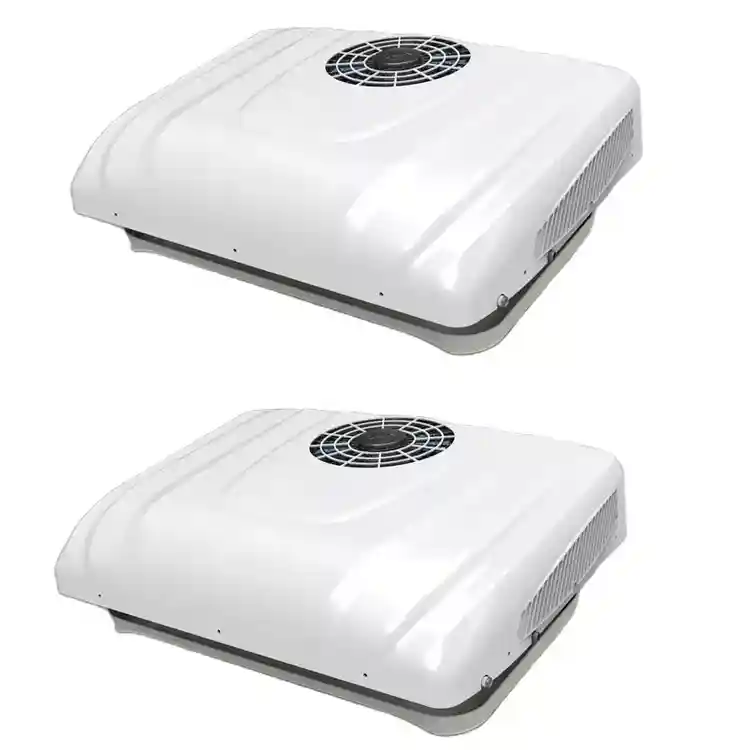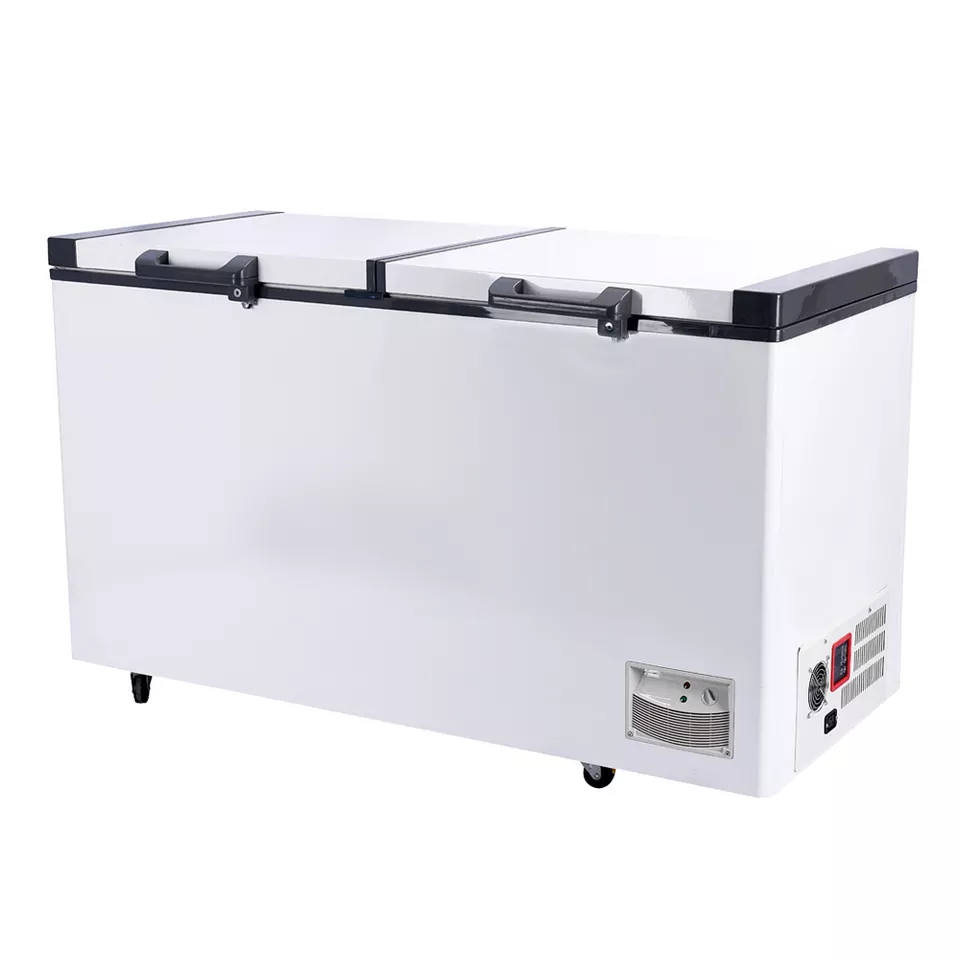StyYLLs Food Grade Silicone Drinking Water Hose has been made to fill the gap in the RV market for both water fill as well as replacing your plastic pex lines with new silicone hose that is the same size as 3/4in pex.
This reinforced food grade silicone hose will not fail under standard high water pressures, will never permanently kink making it very easy to use.
You will never have the taste of plastic in your water again. (Check out our all glass water tanks as well)
Additional information
| Cost | |
|---|---|
| Description | |
| Brand |
FAQ SECTION: Best Drinking Water Hose For RVs
What is the best drinking water hose for RVs?
Are drinking water hoses for RVs safe to use?
How long should a drinking water hose for RVs be?
Can a regular garden hose be used as a drinking water hose for RVs?
How often should I replace my drinking water hose for my RV?
Can I use a heated drinking water hose for my RV?
Are drinking water hoses for RVs resistant to kinking?
Can I use a drinking water hose for other purposes in my RV?
How do I clean and maintain my drinking water hose for my RV?
Sustainable Everyday Products
Plastic Free Products • Plastic Free Cork Sandals
48v Products
UL Listed Lifepo4 Battery • 48 Volt Battery • 48v 100ah Lifepo4 Battery • 48v 100ah Lifepo4 Bluetooth Battery • 48v 200ah Lifepo4 Blueooth Battery • 48v RV Vent Fan • Best 48v Drinking Water Pump (Quiet & Silent) • 48v Quietest Efficient RV Air Conditioner • 48v Quiet 15,000BTU RV Air Conditioner • 48v DC 18cu.ft. Refrigerator/Freezer Off Grid Chest • 48v DC 7cu.ft. Refrigerator/Freezer Off Grid Chest • 48v Solar Battery • 12v to 48v DC to DC Lifepo4 Charger
Silicone Garden Hose • Best Drinking Water Hose For RV • Best RV Pex Pipe Alternative
Solar Home Battery Installation Los Angeles • Solar RV Trailer Installation Los Angeles • 48v Battery Backup
Pellet Stove Battery Backup • Sump Pump Battery Backup • Computer Battery Backup
8000w DC Tankless RV Water Heaters • 6000w DC Tankless Water Heater • 48v Van Conversion Kits • Folding Solar Roof Rack
RV Solar Installation Los Angeles CA
Best Off Grid Batteries • 48v Off Grid Batteries
48v Lifepo4 Battery Voltage Chart • 12v Lifepo4 Battery Voltage Chart





Reviews
There are no reviews yet.